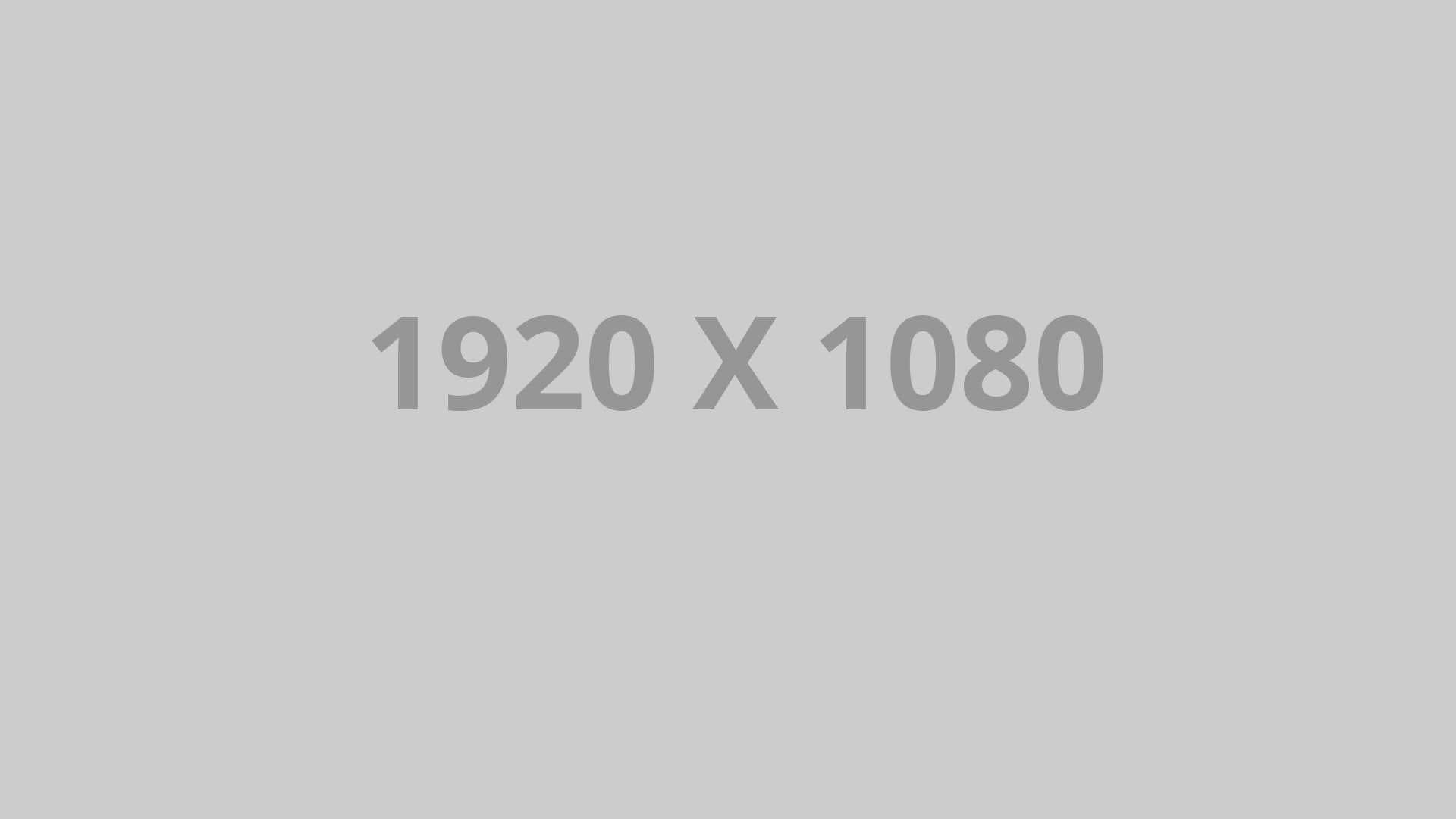I wanted to share my research template that I use to help communicate with my team what our research goals are. Hope it can help you as well.
Research Objective: This is a focused objective stating what you hope to learn from this study and how to measure it. It can be as simple as access a particular experience.
Examples: The objective is to A/B test two landing page designs and determine which converts more users.
(Note: Here you list the prototypes that will be used in the test. These are the best designs used to learn and test our hypothesis)
Prototype A: Short description of what prototype or scenario A is. How it differs from B.
Prototype B: Short description of what prototype or scenario A is. How it differs from A.
ASSUMPTION
(Note: List all assumptions. Its a good way to sit with your team and hear what everyones assumptions are, identify who has similar assumptions and discuss, evaluate and prioritize them.)
We believe users want [this is our guess of what our users want or that we know they want].
HYPOTHESIS
(Note: Once you decide which assumptions are worth exploring, this is how you set a way to test and measure)
Customer Hypothesis: For [this type of user] who [have this need or are experiencing this problem], we believe [doing this in our product] will achieve [this outcome] and provide [this expected result as a way we can measure success]
Business Hypothesis: For [this department or company] who [has this business goal or are experiencing this problem], we believe [doing this in our product/creating this service] will achieve [this outcome] and provide [this expected result as a way we can measure success]
We want to know:
(Note: These are general or specific questions you are trying to answer or want to learn overall)
Example: Was the feature discoverable?Example: Did the user find it useful?Example: Would they use it? How?Example: Which prototype did the user prefer and why?
PROTOTYPE A: USER FLOW
(Note: Step by step description of the prototype user flow.)
Example: When a user is in the player watching a video, using the directional pad down triggers the info panel.
Clicking on the (X) button pauses the video if it is playing or begins to play the video if paused. If paused, using the direction pad left to right on the controller, allows the user to scrub through the video via the timeline.
PROTOTYPE A: SPECIFIC QUESTIONS
(Note: These are specific questions you are trying to answer for this prototype)
Example: Did the user learn that the (O) button closes all of the overlays
PROTOTYPE B: USER FLOW
(Note: Step by step description of the prototype user flow.)
PROTOTYPE B: SPECIFIC QUESTIONS
(Note: These are specific questions you are trying to answer for this prototype)
PROTOTYPING EFFORT
[T-shirt size], [estimate hours to build prototype]
(Note: These are prototype build specifications. Requirements needed to help the user feel like it is close to the real app in order to get the right feedback.)
Example: The prototype needs to be build so that the test can be conducted on a TV with a PS4 controller.
DESIGN PRINCIPLES SCALE
(Note: In this section you will create a tangible way for your team to see where they believe they are at with this proposed objective they are testing and after you can use your findings to show where you actually are.
This scale works extremely well in helping evaluate multiple design and narrow down on which should move to a testing phase. I use our product design principles and have created something similar to Personas Attribute scale.)
Design Principle 1
Principle explanation <———————————-|———————————-> Opposite
and characteristics
Design Principle 2
Principle explanation <———————————-|———————————-> Opposite
and characteristics
Design Principle 3
Principle explanation <———————————-|———————————-> Opposite
and characteristics


About The Author
leslie